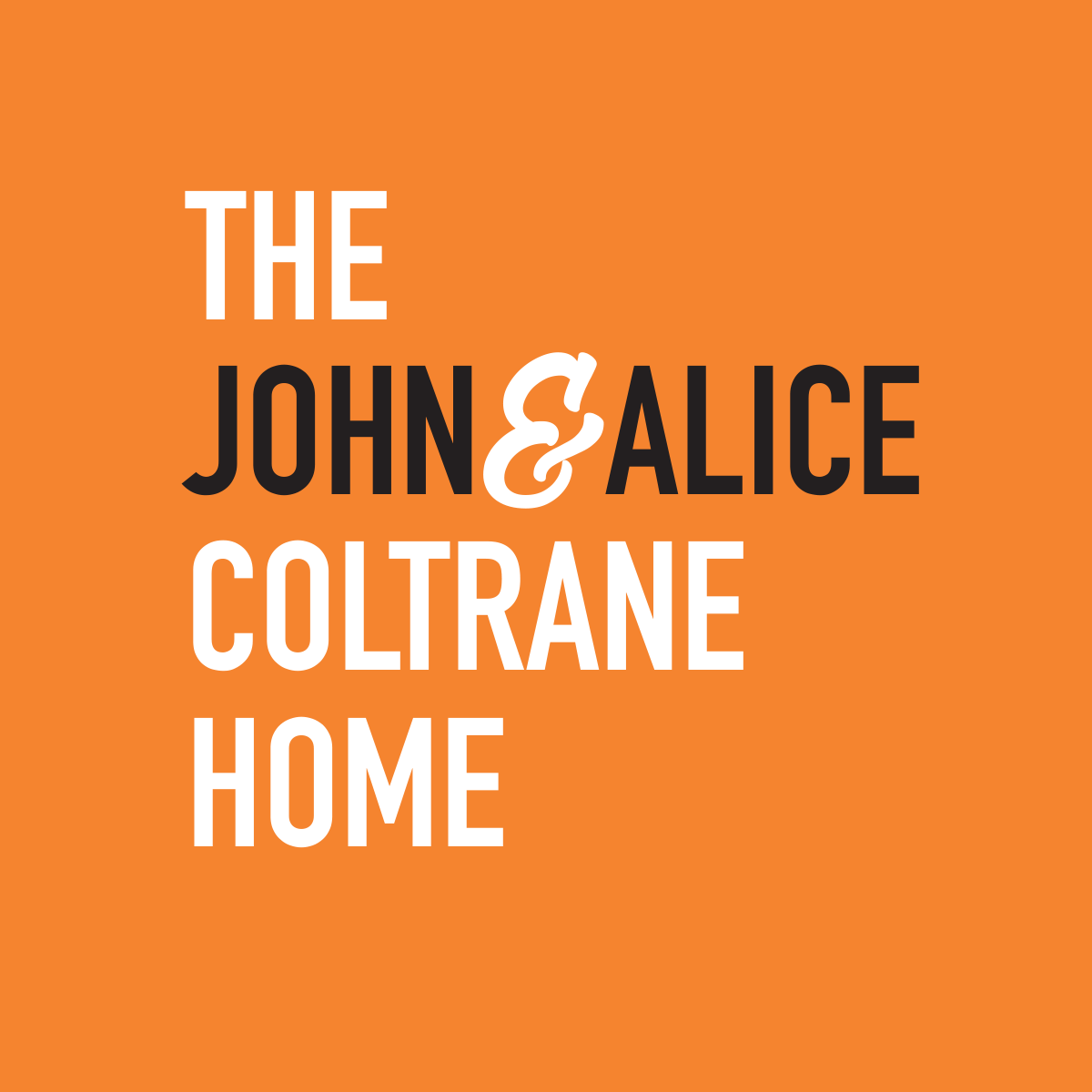Alice Coltrane remains one of the landmark figures in 20th century American culture. The musician and spiritual leader spearheaded a faith-based community centered around integration and inclusivity, while rigorously maintaining what has become one of the great and remarkably prolific musical oeuvres, all while balancing a dedicated family life. She was born in Alabama and shortly moved with her family of six children to Detroit.
Encouraged by her mother, a member of the church choir, and her brother who became a professional jazz bassist, Alice’s foray into music began with early classical studies at age seven, followed up by a stint as organist at the local Mount Olive Baptist Church at age nine. By sixteen she’d been promoted to playing with the esteemed Lemon Gospel Singers at Church of God in Christ, deepening a connection to gospel music that would remain prominent throughout her eclectic musical offerings.
As the young woman’s talent and commitment to music became the centerpiece of her life, she began exploring ideas and opportunities beyond the local landscape.
By 1975 she’d founded her own spiritual center at the Sai Anantam Ashram and Vedantic Center in the Santa Monica Mountains outside of Los Angeles. The responsibilities of running such a place were lofty, as the compound housed several followers who lived, ate, and practiced on the property, guided by her weekly sermons and musical offerings.
Simultaneously, her children were still young and required her constant presence and labor, plus she’d released eleven profound albums in the years since John’s death. By the same year as the ashram’s opening, she’d signed with Warner Bros. Records and had collaborated with Carlos Santana, Ornette Coleman, Pharoah Sanders, and Kenny Burrell among other icons in the field. The albums released in this era, where Alice took on duties as primary composer and bandleader, pianist, organist, and harpist (which she’d taught herself), were at the forefront of expanding the language of jazz.
They showcased rich contrapuntal theory reflecting her foundational classical music education, divine vocal expressions reminiscent of her early days as a gospel player, urgent rethinking of jazz music virtuosity, and expansive tones rooted in her newfound devotion to Eastern sounds. Alice through the end of the 70s began striding along the path she’d forged, as a musician expanding upon the ingenuity developed in her storied career, as a mother raising four children into early adulthood, and as a religious leader solidifying a community of uniquely minded individuals brought together by faith and devotion to the words and customs she preached.
During the summer of 1982 tragedy struck the Coltranes yet again as John Jr. the oldest son was killed in a car accident. Grief-stricken again after an era of relative calm in family life, Alice found solace in the music that had been with her throughout and the ashram community that was now in full swing. The Alice Coltrane sound was now one of unmistakable worship, recording with members of the Vedantic Center’s inner circle in collaboration with famous jazz players to achieve a unique and ecumenical harmony.
Her music in the 80s and beyond represents a profound attitude of openness and ethereality in a fashion only attainable by an artist who turned the music into her life and her soul into the vessel. This language of gospel, of Eastern thought and culture, of fiercely honed jazz, was manifested through a lifetime of unwavering dedication, even in times when it looked as if fate had turned its back.
“Peace and love and perfection throughout all creation,” a prayer for humanity and the cosmic world that guided Alice Coltrane Turiyasangitananda for her entire earthly life and continues to inspire her fans and followers to this day.

